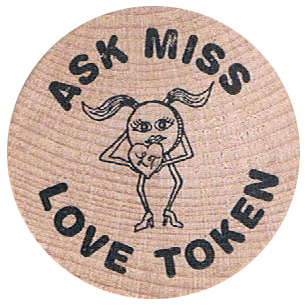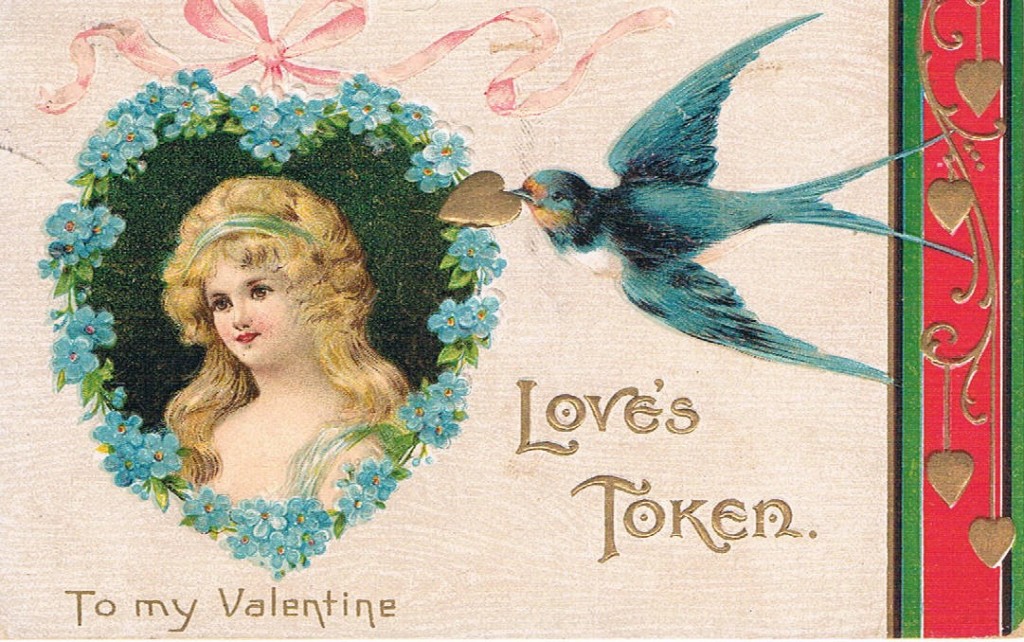Ask Miss Love Token

The Love Token Society newsletter, Love Letter, includes an Ask Miss Love Token column on a regular basis.
Member questions may be submitted to misslovetoken@verizon.net or by using the handy dandy form below.
Responses to selected questions will be posted in the newsletter.
If you are a member and your question is selected, you will receive a limited issue wooden nickel.
Be sure to include your snail mail address to obtain your gift.
Below this form is a sample question that was submitted by a person who supplied the wrong email address…hope they get their answer. Double check and make sure your information is accurate on the form.
Click here to see frequently asked questions.
Ask Miss Love Token A Question
I have recently purchased some Love tokens for myself and I was wondering if it was safe to have them cleaned or polished? I am not interested in selling them or their monetary value per se I just love the meanings behind them. Each one means something to me . Anyway, folks have told me not to clean them because it lessens their potential value. I, however, just like them as antique pieces of jewelry that I adore wearing. I just need to know if they can be cleaned and how to do so. Thank you so much.
Cleaning coins can cause damage. Chemical cleaners can cause chemical burn, a dull grey finish on the coin. Usually it will not happen the first time but if they have been cleaned this way in the past, there is the threat that repeated use of the chemical will damage the coin. Any kind of rouge cloth acts as a buffer and takes away coin details. Over time if done repeatedly, it will round all the nice crisp engraved lines of the love token which is undesirable. Never use a rouge cloth on a “real” coin and preferably not on the coin side of the love token. But, using just once on the engraved side is another story because these coins were probably polished either when filed down prior to engraving or after the engraving was completed. If the toning is really dark, probably a combination of a chemical cleaner, proper rinsing to remove all chemical residue (professional conservators also use a chemical neutralizing agent in the process), drying, and a quick wipe of a rouge cloth would be preferable. Even experienced coin dealers can mess up a coin from time to time. They often use the chemical cleaners and have no idea how a coin was treated in the hundred plus years before they acquired it. There are even more perils like water spots or scratches from poor drying techniques. Scratches occur from rubbing it with something as simple as a paper towel which can produce “hairline” scratches on the surface. Blotting dry is preferable to rubbing. This answer is perhaps an over simplification because a professional conservator could write a book on the subject. There are even companies which conserve coins professionally however the fees for this kind of work probably outweigh the value of love tokens. Recommend if you want them cleaned, just try doing one and see what you think of the results. Then seal it in an airtight holder (also make sure it is 100% dry before sealing) so it will not tone back because you will not want to do this on a regular basis or it will definitely damage the coins.
